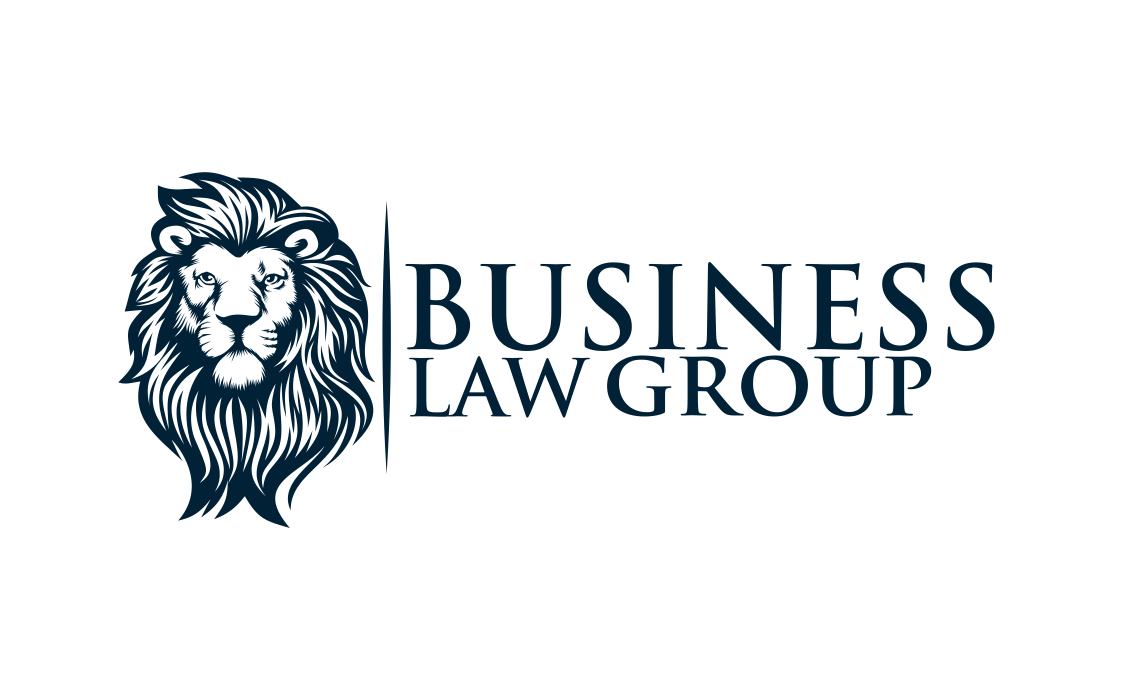
The importance of choosing the appropriate business entity extends beyond protecting your savings, it’s about steering clear of IRS complications, partnership conflicts, government noncompliance, and the risk of losing funding from experienced investors. Mitigate these risks by following these 7 steps to select a business entity that suits your needs:
Begin by understanding the differences between various entities and what benefits could be achieved by choosing the right entity for you:
- Look for an entity that offers maximum tax savings for your situation.
- Consider the liability protections provided by each entity.
- Consider the flexibility you will need regarding profits and contributions.
- Evaluate the number of owners you want within your business and be sure to consider the roles each owner will play.
Familiarize yourself with the seven available entities to choose from (though the count may vary by state and this list does not include public benefit corporations or nonprofit corporations). In most cases, states categorize businesses into these distinct entities:
Sole Proprietorship: A business owned and operated by a single individual. It’s the simplest form, with the owner having direct control over decision-making but also bearing personal liability for business debts.
General Partnership: A business structure where two or more individuals manage and operate a business in accordance with the terms and objectives set out in a Partnership Deed. Partners share profits, losses, and management responsibilities.
Limited Partnership: A business structure where there are both general partners, who manage the business and assume liability, and limited partners, who contribute capital but have limited liability and no involvement in day-to-day operations.
Limited Liability Company (LLC): A flexible form combining elements of partnerships and corporations. Owners (members) have limited liability for business debts, and the structure provides flexibility in management and taxation.
Limited Liability Limited Partnership (LLLP): An LLLP is a mix of two business types ? it offers the reduced personal liability perks you get with a Limited Liability Company (LLC) and some features from a Limited Partnership. The exact rules can vary by location, but the key point is this: it allows Limited Partners to avoid Self-Employment Taxes.
S Corporation (S-Corp): A business entity that elects to pass corporate income, losses, deductions, and credits through to their shareholders for federal tax purposes. It combines the limited liability benefits of a corporation with the tax advantages of a partnership.
C Corporation (C-Corp): A legal structure where the business is a separate entity from its owners (shareholders). It provides limited liability to owners and allows the company to raise capital through the sale of stocks. Corporate income is taxed separately from the owners.
Pick an Entity that protects you from liability
Now that you understand why you choose a certain business structure and what those structures are, focus on getting rid of the entities that don’t shield you from personal liability or risk; there is no need to pick a business type that leaves you vulnerable. For example, a customer slips and falls in your store; you accidentally steal corporate intellectual property; you unintentionally cause harm to someone else while doing business. If you’re a Sole Proprietorship, General Partnership, or Limited Partnership, you’re on the hook for these missteps personally. Instead of placing your savings and belongings at risk, opt for an entity that shields you, which includes the following: LLC, LLLP, S-Corp, and C-Corp.
Decide if you really want to rapidly grow a C-Corp
Here’s the deal: a C-Corp might not be your best bet because of double taxation, not great for most folks. Unless, of course, you’re in a specific situation. If your business is on the fast track, pumping profits back in, and not pulling much money out, a C-Corp could be a viable entity for you. Big investors feel more comfortable with C-Corps because of their rigidness and predictability. So, if you are a fast-growing business that does not generate taxable income and will be relying upon third-party investor funds, then a C-Corp would probably be a good fit for you.
Determine if you will be the sole owner of the entity
If you are the sole owner, then you will likely prefer an LLC. This structure not only offers the advantages of sole ownership but also provides crucial liability protection. As the sole owner, you would not benefit from the tax structure of the S-Corp or LLLP. Thus, the LLC is ideal for solo entrepreneurs seeking liability protection and a straightforward business structure.
Determine if one of the owners of the entity will not be participating
When faced with the choice between an LLLP and an LLC, a crucial determining factor lies in member participation. If one member is not actively involved, your preference should lean towards either an LLLP or an S-Corp. Contrarily, if all members are actively participating, then your preference should lean towards either an LLC or an S-Corp. Partners that do not actively participate do not have to pay self-employment taxes if they choose the correct entity (LLLP or S-Corp).
Determine which entity is right for you
If you’ve decided you need liability protection, ruled out being a C-Corp, have multiple owners, and figured out who’s actively involved, you’re left with choosing between an S-Corp and an LLC, or LLLP. Now, here is a guideline: picking between an LLC or LLLP and an S-Corp boils down to weighing the pros and cons each brings to the table, tailoring your decision to what fits your business best. Both have their perks and challenges, so choose wisely.
For LLCs and LLLPs keep in mind that owners enjoy flexibility in ownership, management structure, and tax status, with the added bonus of limited liability protection (LLLPs do offer less flexibility than LLCs but more flexibility than S-Corps). However, LLCs face obvious drawbacks: owners of LLCs have to pay self-employment taxes on profits and have constrained access to outside investors (the flexibility actually worries many seasoned investors). On the S-Corp side, pass-through taxation, and the ability to avoid some self-employment taxes through strategic salary and distribution planning are some of their best benefits. However, the structure demands adherence to more formalities, has limited ownership options, and requires meeting specific eligibility requirements.
Choosing between the two involves evaluating your business needs, understanding tax implications, considering liability protection, comparing management structures, understanding compliance requirements, and seeking professional advice. It’s a logical and subjective decision, dependent on your business type, industry, and long-term goals.
This is important: every business situation is unique, and there may be specific factors influencing your decision. Our expert team at Business Law Group is here to guide you through the intricate process of choosing the optimal business entity for your venture. Don’t hesitate to call us for tailored advice on the specifics of entity formation. Your success is our priority, and we’re here to help you make the best choice for a prosperous business future for a fair price.


